Jess Fontaine's Report on the Canadian Society for the Study of Comics Conference
Jess Fontaine delivers her paper at the 2016 conference of the Canadian Society for the Study of Comics/Société canadienne pour l’étude de la bande dessinée (CSSCSCEBD)
On May 12th and 13th academics, independent scholars, and comics enthusiasts converged on Toronto’s Downtown Marriot Hotel to quote Scott McCloud and discuss panels, gutters, and all things comics. The Canadian Society for the Study of Comics (CSSC) Conference, held annually in collaboration with the Toronto Comics Art Festival, invites conversations around the growing medium of comics. A wonderful side effect of attending the conference was the ensuing excitement of perusing the vast exhibition of independent comics artists and publishers at the book fair the next day.
I attended four excellent panels over the course of the conference, exploring everything from superheroes to those squiggles used to denote swearing. Thanks to Peter Schwenger, I now know they’re called grawlixes. The following are a few highlights from the conference.
The “Comics and Disability” panel brought together the most diverse (in themes and discussions) collection of papers of those panels I attended. Evi Tampold and Carol Nash tied together medical treatment and comics in their account and development of The Hallway Closet. The Hallway Closet, a graphic memoir Tampold wrote, describes the ways in which her mother, Nash, treated her ADHD during her childhood. Emily Wilson’s “Mad Artistry in Ink: Navigating Narrative of Mental Illness and Creativity in Ellen Forney’s Marbles and Barbara Stok’s Vincent” astutely paired a memoir and biography and closely read the ways the authors use self-portraits and references to works of art to challenge ideas of madness and mental illness. Finally, Lauranne Poharec’s insightful paper examined the superhero trope within Cece Bell’s El Deafo in connection to disability and Donna Haraway’s “Cyborg Manifesto”.
The “On Modal Reach” panel, referred to as the table with the most gray hair by moderator Paul Malone, delved into the aesthetics, relationships between images and texts, and the challenges and potentials of adaptations with the comics medium. The University of Winnipeg’s Brandon Christopher, although contributing little to the gray hair, raised questions of genre, function, and deviation in the multiverses of Shakespeare adaptations with his paper “Crisis on Infinite Elsinores: Kill Shakespeare and the Quantum Potentialities of Adaptation.”
I had the pleasure of presenting with Jean Braithwaite and Kalervo Sinervo and Natalie Walschots on the final panel of the conference, which was entitled “The Narrative Burden.” Sinervo and Walscots’ timely paper, “LYING: Narrative (Un)Reliability and Believing Victims in Vaughn and Staples Saga” explored the ways in which Vaughn and Staples encourage readers to believe the testimonies oftrauma victims by refusing to make readers witnesses to the actual traumatic events. Similarly, examining Chris Ware’s Building Stories, Braithwaite drew our attention to the importance of those characters often thought of as secondary and reminded us of the value and humanity of all people. My paper, “Hello, I’m Johnny Cash”: Visualizing Cash’s Songs and Legend in Reinhard Kleist’s Johnny Cash: I See A Darkness”, sought to demonstrate the ways Kleist illustrates an auditory form to simultaneously reveal the connective qualities of music and relationality of Johnny Cash’s identity. As a new comics scholar, the conference was a welcoming and motivating introduction to the dynamic and expansive field of comics studies.
And then there was the book fair.
Three floors of the Toronto Reference Library housed the exhibition, which also sprawled out into satellite locations this year. It took multiple laps to truly gain a sense of the full variety of styles and genres depicted within the collection of comics. Lisa Hanawalt and Jillian Tamaki signed and cartooned books at the Drawn & Quarterly table while I was there. At the same time, dozens of lesser known artists and publishers introduced their great works to eager comics fans. Next time, I’ll bring a bigger book bag.
The Toronto Comics Arts Festival book fair at the Toronto Reference Library


